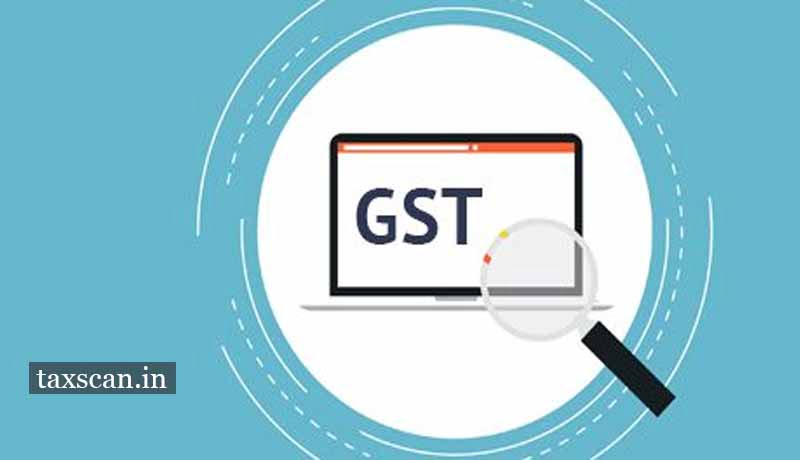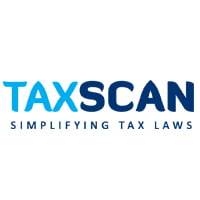Setback for GST: World Bank calls GST ‘Most Complex’ and Second Highest Tax Rate in World

In a major setback to the NDA Government’s nine months old Goods and Services Tax ( GST ), the World Bank said that it is one of the most complex with the second highest tax rate in the world among a sample of 115 countries which have a similar indirect tax system.
The Goods and Services Tax (GST) was launched by the Central Government on 1st July 2017 with five tax slabs of Nil, 5%, 12%, 18%, and 28%. Several goods and services were exempted under the new tax regime. Gold is taxed at 3% and 0.25% for precious stones etc.
Out of 115 countries around the world, 49 countries have a single slab of GST, while 28 countries use two slabs, and only five countries, including India, use four non-zero slabs. Countries like Italy, Luxembourg, Pakistan, and Ghana have four or more slabs, the World Bank said in a report.
The World Bank, in its bi-annual India Development Update released on Wednesday, said the introduction of GST has been accompanied by state administrations experiencing disruptions in initial days after GST’s introduction.
There also have been reports of an increased administrative tax compliance burden on firms and a locking-up of working capital due to slow tax refund processing, the Bank said. “High compliance costs are also arising because the prevalence of multiple tax rates implies a need to classify inputs and outputs based on the applicable tax rate. Along with the need to apply the correct rate, firms are required to match invoices between their outputs and inputs to be eligible for full input tax credit, which increases compliance costs further,” it added.
It further suggested that the adjustment process can affect economic activity for multiple months, the benefits of the GST are likely to outweigh its costs in the long run. “Key to success is a policy design that minimizes compliance burden, for example by minimizing the number of different rates and limiting exemptions, with simple laws and procedures, an appropriately structured and resourced administration, compliance strategies based on a balanced mix of education and assistance programs and risk-based audit programs,” it said.


